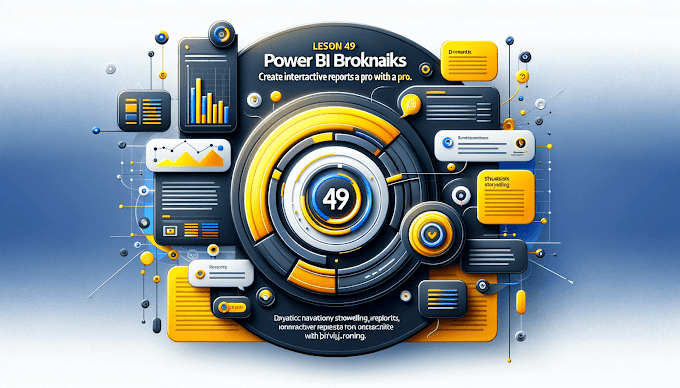Introduction
In 2025, data visualization tools are the backbone of every smart organization. Among hundreds of BI platforms, Power BI and Tableau remain the top contenders. But which one should you choose this year? Let’s dive into a detailed comparison to help you make the right decision.
1. Pricing and Accessibility
Power BI clearly wins when it comes to affordability.
-
Power BI Desktop is free for individual users.
-
Power BI Pro costs only a few dollars per month.
In contrast, Tableau starts at a higher monthly subscription, making it less budget-friendly for startups or small businesses.
Verdict: Power BI provides more value for money.
2. Integration and Ecosystem
Power BI integrates seamlessly with Microsoft products Excel, Azure, Teams, and Dynamics 365 giving it a massive edge in connected analytics.
Tableau, while versatile, requires third-party connectors or additional setups for similar integration.
Verdict: Power BI wins for ecosystem integration.
3. Data Visualization and Customization
Tableau still dominates in visual creativity. Its flexibility for storytelling and advanced visual effects is unmatched.
Power BI’s visuals are improving rapidly with custom visuals and AI insights now built-in but Tableau remains slightly ahead here.
Verdict: Tableau wins for design flexibility.
4. Performance and Speed
Power BI’s VertiPaq engine enables super-fast processing, even with millions of rows. Tableau also performs well, but optimization requires more manual tuning.
Verdict: Power BI leads in performance efficiency.
5. AI and Automation Features
Power BI now includes Copilot, Smart Narratives, and Q&A visualizations, making it a clear leader in AI-powered analytics. Tableau has Einstein Discovery (via Salesforce), but it’s limited to enterprise plans.
Verdict: Power BI leads in AI-driven analytics.
6. Mobile and Cloud Experience
Both tools offer responsive dashboards, but Power BI’s mobile app and Power BI Service deliver smoother real-time access. Tableau’s cloud version is improving, but Power BI’s integration with Azure keeps it ahead.
Verdict: Power BI wins again.
7. Learning Curve and Community Support
Power BI’s Excel-like interface makes it easy for beginners, while Tableau requires more technical design knowledge.
Microsoft’s community and documentation also make learning easier.
Verdict: Power BI is more beginner-friendly.
Final Verdict
| Feature | Winner |
|---|---|
| Pricing | Power BI |
| Ecosystem | Power BI |
| Visualization | Tableau |
| AI Features | Power BI |
| Speed | Power BI |
| Ease of Use | Power BI |
👉 Overall Winner of 2025: Power BI thanks to its affordability, AI integration, and user-friendly design.
Conclusion
If your goal is to transform data into actionable insights efficiently and economically, Power BI is the best choice for 2025.
However, if you prioritize design freedom and creative visualization, Tableau remains a great option.
Ultimately, your choice depends on your team’s needs and budget but Power BI clearly leads this year.
Next Blog Preview:
Power BI AI Insights: How to Automate Reports with Artificial Intelligence (2025 Guide) learn how Power BI’s AI tools can turn raw data into smart recommendations.







